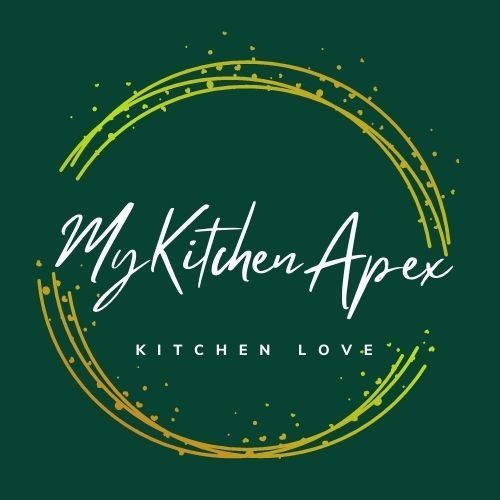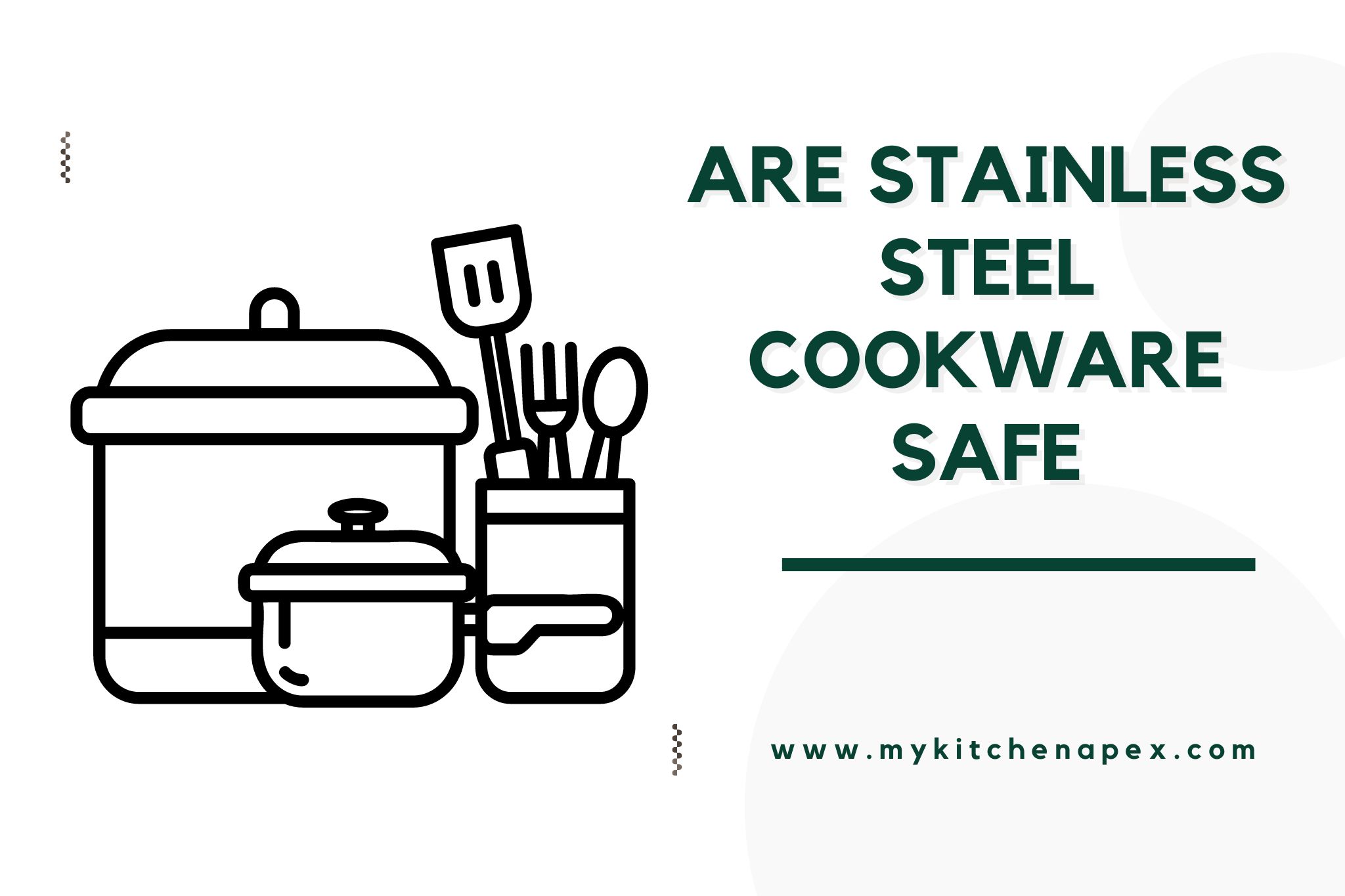Originally Created on: February 27, 2024 @ 7:57 pm
Are you concerned about the safety of using stainless steel cookware in your kitchen? With so much conflicting information out there, it’s natural to feel unsure about whether stainless steel is a safe option for cooking. Many people turn to stainless steel for its durability and non-reactive properties, but the debate around its safety continues to linger.
Recent studies have shed light on the potential health risks associated with certain types of cookware, prompting many home chefs to re-evaluate their kitchen essentials. It’s essential to consider the latest research and expert opinions when making informed decisions about the cookware we use daily.
Table of Content
Highlights:
- Stainless steel is non-reactive, making it safe for cooking
- High-quality, food-grade stainless steel is essential for safety
- Proper care and maintenance can minimize any potential risks
are stainless steel cookware safe
Yes, stainless steel cookware is generally considered safe for cooking. Stainless steel is non-reactive, meaning it doesn’t leach harmful chemicals into food, making it a popular choice for cookware. Additionally, stainless steel is durable, long-lasting, and resistant to rust and corrosion, making it a reliable option for kitchen use.
When choosing stainless steel cookware, it’s important to select high-quality, food-grade stainless steel to ensure safety. Look for cookware made with 18/10 stainless steel, which indicates it contains 18% chromium and 10% nickel, a composition that enhances the cookware’s durability and corrosion resistance.
Additionally, it’s important to follow the manufacturer’s care instructions to maintain the cookware’s safety and performance over time.
You May Also Like: are granite cookware safe
Is it better to cook with stainless steel or nonstick?
When it comes to deciding between cooking with stainless steel or nonstick cookware, it ultimately depends on personal preference and the type of cooking being done. Stainless steel offers durability and is ideal for high-heat cooking methods such as searing or browning. It also does not react with acidic foods, making it a versatile choice for a variety of dishes.
On the other hand, nonstick cookware is convenient for cooking foods that are prone to sticking, such as eggs or delicate fish. It requires less oil for cooking and is easier to clean, making it suitable for everyday cooking. However, it may not be as durable as stainless steel and may need to be replaced more frequently.
Ultimately, the decision between stainless steel and nonstick cookware depends on individual cooking needs and preferences. Both options have their advantages and can be used in different cooking scenarios.
Are stainless steel pans non toxic?
Stainless steel pans are generally considered non-toxic, as they do not leach harmful chemicals into food, making them a safe option for cooking. This is because stainless steel is a non-reactive material, meaning it does not react with acidic or alkaline foods, leading to the release of toxins. Additionally, stainless steel pans are durable and resistant to rust, making them a popular choice for many home cooks.
However, it’s essential to note that the safety of stainless steel pans can depend on their quality and composition. Some cheaper stainless steel pans may contain materials like nickel and chromium, which can potentially leach into food in small amounts.
To ensure the safety of your cookware, it’s advisable to invest in high-quality, food-grade stainless steel pans from reputable brands. Regular maintenance, such as avoiding abrasive cleaners and storing food properly, can also help prolong the lifespan and safety of your stainless steel pans.
Also Read: why do saucepans have steel sides
Does stainless steel release toxins when heated?
Yes, when stainless steel is heated, it can release toxins such as nickel and chromium into the food being cooked. These toxins can pose health risks when consumed in high amounts over time, as they are known to cause allergic reactions and even contribute to the development of certain illnesses.
It’s important to note that the amount of toxins released largely depends on the grade and quality of the stainless steel, as well as the cooking conditions such as duration and temperature.
To avoid potential exposure to toxins from heated stainless steel, it’s recommended to use cookware that is specifically labeled as “food-grade stainless steel” or “18/8 stainless steel”, as these are typically designed to minimize the leaching of harmful substances.
Additionally, using lower cooking temperatures and shorter cooking durations can help reduce the release of toxins from stainless steel cookware. It’s also advisable to properly maintain and care for stainless steel cookware to minimize the risk of toxin exposure.
Also Read: why do frying pans have a hump in the middle
Final Thoughts
In conclusion, stainless steel cookware is generally considered safe for cooking due to its non-reactive properties and durability. It is important to choose high-quality, food-grade stainless steel and follow care instructions to ensure safety.
While stainless steel pans are generally non-toxic, there is a potential for the release of small amounts of nickel and chromium when heated, so using lower temperatures and shorter cooking durations can help reduce this risk. Ultimately, the safety of stainless steel cookware depends on the quality and composition of the material, as well as proper maintenance and care.

